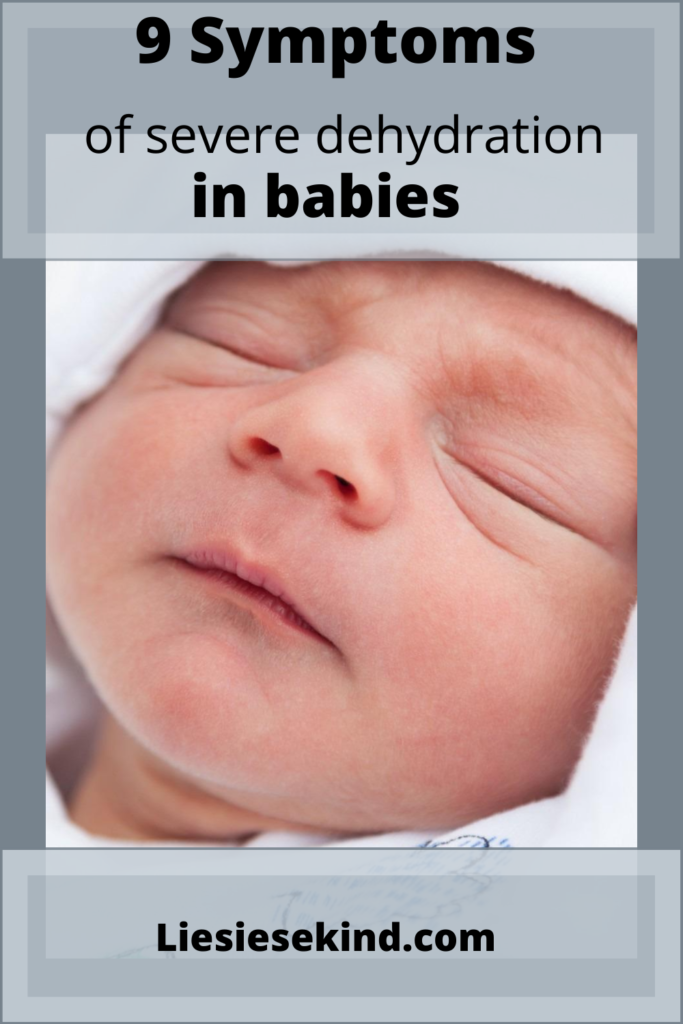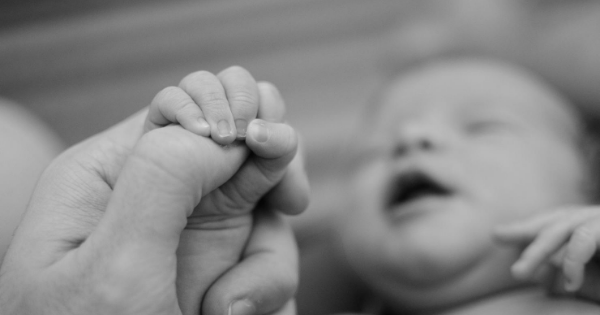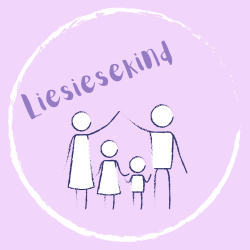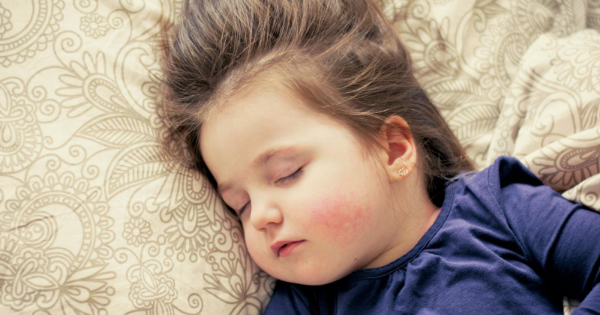Severe dehydration in infants or toddlers is life-threatening, because they tend to lose body fluids a lot quicker than adults and older kids. Vomiting and diarrhoea are typically the primary causes for babies to become dehydrated, although insufficient taking in of fluids and sun exposure are also contributing factors. I remember, one of the biggest health risks that I was always wary of, is dehydration in my baby. Whenever my baby boy was teething or had a fever, I always gave him cooled rooibos tea or cooled, boiled water to try and get his fever to stabilize or keep his fluid intake up.

Signs and symptoms of severe dehydration in infants or small children
- A loss of appetite.
- Dehydration children often appear unwell, become lethargic and quiet or might whimper softly.
- Babies might have fever.
- Fast weight loss.
- A baby’s fontanelle may appear sunken.
- Your baby’s mouth will seem flaky and dry, and the skin surrounding the corners of her mouth might become cracked and parched.
- Your child will pass fewer urine than normal, and it will have a darker appearance in her nappy. The smell might be more pungent than usual.
- Eyes will appear dry and sunken.
- Your child’s skin will seem very dry when touching and may appear wrinkled and loose.
What emergency home treatment can be applied?
Try to get your child to drink fluids after every vomiting or diarrhoea episode. Parents often think that they should withhold liquid or food once their children are suffering from loose stools and vomiting; however, this could result in severe dehydration. This does not mean you have to give her plenty fluids at once. Mouthfuls of liquid every five or ten minutes is recommended.
8 Simple guidelines for rehydrating your baby
- Stop feeding your baby solid foods and baby formula.
- Steer clear from any dairy products since they could end up irritating the lining of your child’s digestive tract, worsening the issue.
- If you are nursing your baby, keep doing so, since breast milk will be beneficial to your infant.
- Obtain replacement therapy solution from your local pharmacy. These solutions contain the exact balance of electrolytes to rehydrate your baby.
- Give your infant clear fluids such as cooled, boiled water an organic baby rooibos tea which will also help. This is not replacing the lost electrolytes but helps her to take some fluids in.
- With a lack of something else on hand, you can also give your toddler flat cola drinks. The high sugar content is an essential component which is lost when dehydration occurs.
- You can create your own electrolyte solution at home by mixing the following household items thoroughly:
-
- 8 x Level teaspoons of sugar (or glucose powder)
- 1 x Level teaspoon of salt
- 1 x Litre of cooled, boiled water.
- Mix well and encourage your toddler to take a sip of the solution frequently.

Be sure to use the exact proportions of the mixture to create the right electrolyte balance. If your child is struggling to take in fluids at this stage, you can make iced lollies from the electrolyte solution or flat cola drinks. You can also give her crushed pieces of ice.
When must you call the doctor?
If you suspect your baby is dehydrating or are dehydrated already, do not hesitate to seek medical assistance from your physician or nearest emergency facility immediately. If your child keeps vomiting or have diarrhoea for longer than 24-hours or shows signs of dryness, contact your doctor. If the symptoms of vomiting or diarrhoea becomes worse or your child appears sicker, seek help sooner. When it comes to the health of your baby or child, one can never be too careful. Sometimes ignoring your parental instinct can worsen the issue or lead to life-threatening symptoms that could have been avoided.






Be the first to reply